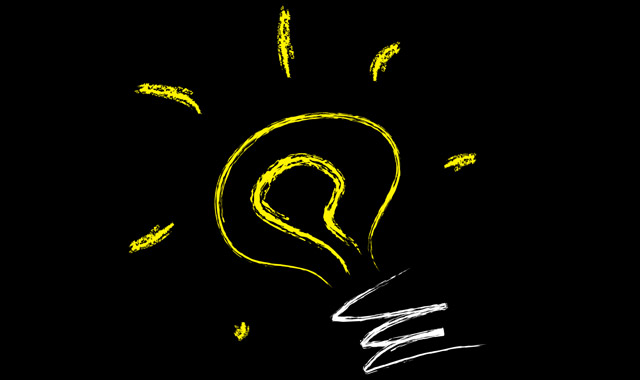
Acting Eskom board chairman Ben Ngubane disclosed in the utility’s integrated report that Eskom has already applied for a further R38bn of revenue to be generated through electricity tariffs.
This application is currently under consideration by energy regulator Nersa. If granted, it will result in a total tariff increase of around 25% at the beginning of the next financial year, says economist Mike Schüssler.
Moneyweb reported in April that Nersa confirmed receipt of an application by Eskom on 3 March, to claw back over-expenditure in 2013/2014, which was the first year of the current tariff period (MYPD3).
Nersa would not at that stage disclose how much money Eskom was applying for, or whether the public would be consulted as it considered the application. It is this application that Ngubane has now quantified for the first time.
The R38bn application did not enjoy prominence as Eskom submitted an application for a partial re-opener of MYPD3 that it hoped would address its needs until 2018. If the latter had been granted, it would have seen electricity tariffs increase by a total of about 25% in the current financial year. Nersa however dismissed the (partial re-opener) application, which seemingly led to revival of the current (R38bn) application.
Ngubane says in the integrated report for 2014/2015: “Furthermore, we have submitted an application for a revenue adjustment to the value of R38bn to Nersa relating to the first year of the MYPD3 period: this is currently under review. If approved, the outcome of this application is expected to impact the electricity price commencing in 2016/2017.”
Acting Eskom CEO Brian Molefe on Tuesday said Eskom will be submitting a further application for the recovery of expenses during the following year — 2014/2015. He did not give an indication of the amount of money or extent of tariff increase Eskom may apply for.
He said Nersa did not disagree with Eskom about the principle that it is allowed to recover certain costs, including for primary energy. It merely differed about the timing, refusing to grant the money “upfront”. He said Eskom would submit the further application and hope to prove that the expenditure was prudent, which is a regulatory requirement.
This further application, he said, may only be submitted next year. It will, however be on top of the R38bn Eskom is seeking now. Molefe emphasised the need for cost-reflective tariffs to support Eskom’s financial sustainability.
Schüssler calculates that an increase of R38bn in Eskom’s allocated revenue for 2016/2017 will translate into a total average tariff increase of around 25%. That includes tariff increases granted earlier as well as the result of the R38bn application.
He says the South African economy is already in bad shape. Such an increase may lead to a 1% hike in inflation and will have the same effect on the economy as a 1,34% increase in interest rates, he says.
“The effect will be much wider than an interest hike, however. Residential customers, farmers, business and industry will all suffer,” Schüssler says.
He says if Eskom’s application is granted, electricity prices will have increased 10-fold since 1996. Municipalities will battle increasingly to collect electricity revenue and, as a result, Eskom’s arrear debtors from municipalities and residential customers will deteriorate even further.
Schüssler says approval of the application may see the average cost of electricity for municipal customers increase to R1,35/kWh to R1,40/kWh and for farmers to R1,70/kWh to R1,80/kWh, which will be at about the same level as the highest current time-of-use tariffs.
He says Eskom will be receiving an increasing portion of mining and agricultural revenue.
- This article was first published on Moneyweb and is republished here with permission




